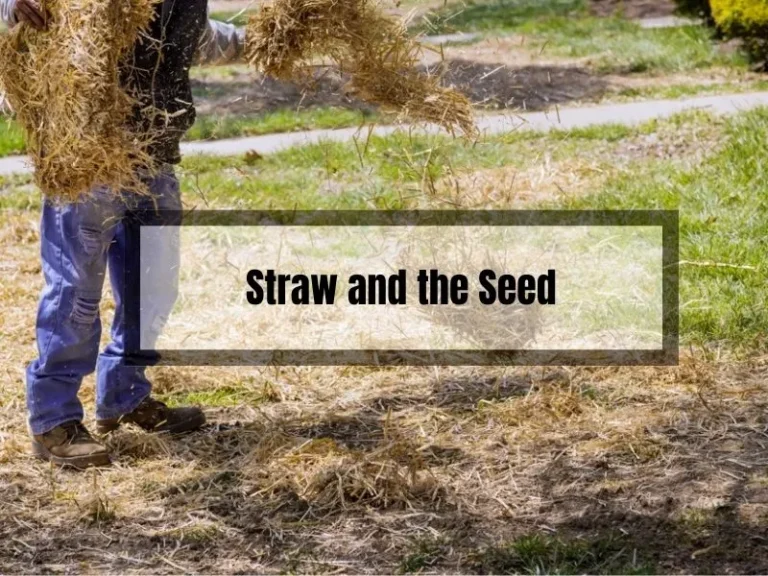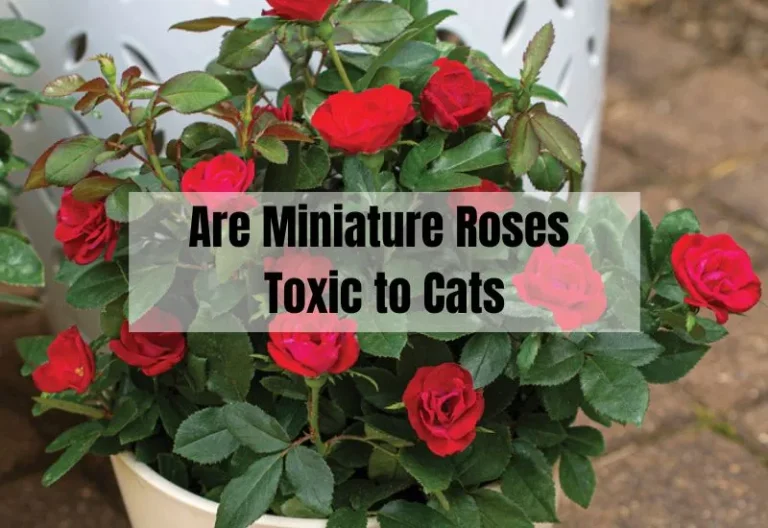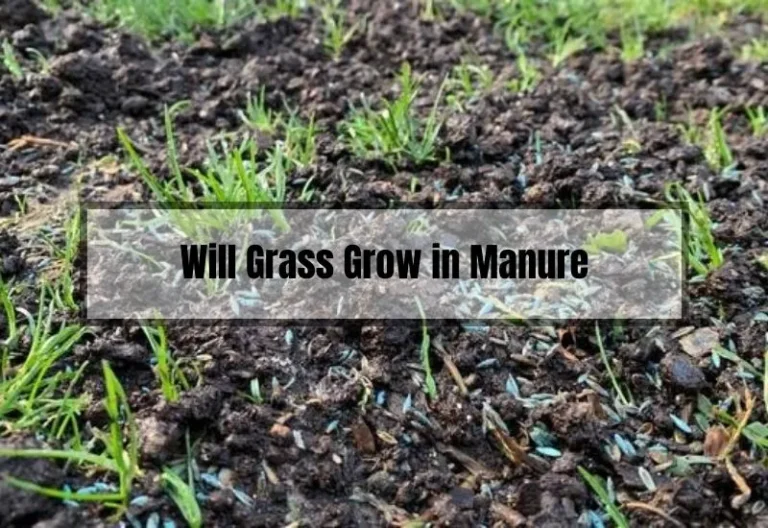Is Dollar Spot Fungus Harmful to Dogs? What You Need to Know
Today, we’re diving into a common concern: is dollar spot fungus harmful to dogs? Dollar spot fungus is a turfgrass disease that can wreak havoc on our lawns if left unchecked. But what about our furry companions?
In this article, we’ll explore its impact on dogs, providing you with all the essential information you need.
Key Takeaways
- Dollar spot fungus is a common lawn disease that can cause serious damage to our lawns if left untreated.
- There is no evidence to suggest that dollar spot fungus poses any direct harm to our canine companions.
- It’s still important to take precautions around areas affected by the fungus, especially if you or your dog have respiratory conditions.
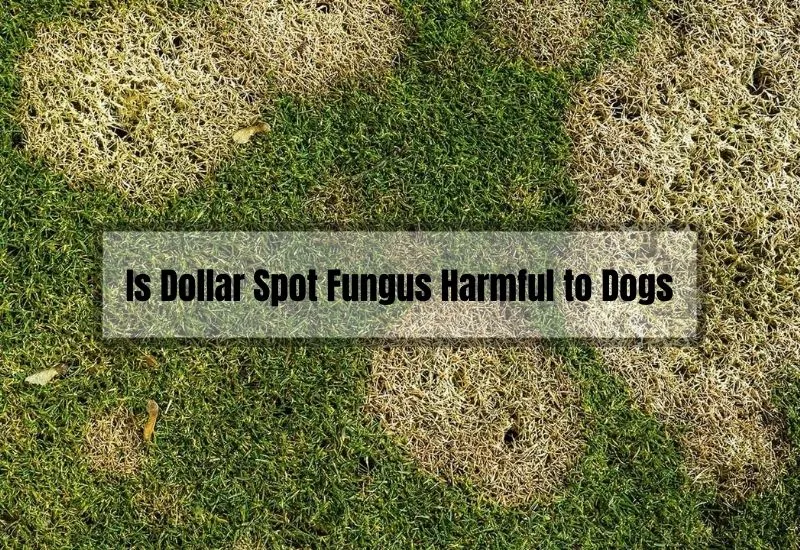
Is Dollar Spot Fungus Harmful to Dogs
One concern that has been bugging some of us is whether dollar spot fungus is harmful to dogs. After conducting some research, we’re happy to report that there’s no evidence to suggest that this fungus poses any direct harm to our canine companions.
Dollar spot fungus is a common lawn disease that can cause serious damage to your grass if left untreated. It typically occurs during the summer months, especially under high humidity and air temperatures ranging from 60° to 85°F. Symptoms may also appear in early to mid-fall when nights are cool and days are warm.
While dogs may come into contact with dollar spot fungus when playing or walking on infected grass, there’s no need to worry. The fungus is not toxic to dogs, and they cannot contract the disease.
However, it’s still important to take precautions to prevent your dog from ingesting or inhaling any potentially harmful chemicals that may be used to treat the fungus.
If you’re concerned about your dog’s exposure to dollar spot fungus, there are a few things you can do to minimize their risk. These include:
- Keeping your lawn well-maintained and free of any dead or diseased grass
- Avoiding the use of harmful chemicals and pesticides on your lawn
- Rinsing your dog’s paws and fur after they’ve been playing outside
- Keeping your dog away from any areas that have been treated with fungicides until it’s safe to return
By taking these simple steps, you can help ensure that your dog stays safe and healthy, even in the presence of dollar spot fungus. Remember, prevention is always the best medicine, so be sure to keep a close eye on your lawn and take action at the first sign of any problems.
Identifying Dollar Spot Fungus
Dollar spot fungus is a common lawn disease that can cause serious damage to your grass if left untreated. Identifying this fungus is crucial to controlling its spread and preventing further damage to your lawn.
Here are some key characteristics to look out for when identifying dollar spot fungus:
- Shape and Size: Dollar spot fungus appears as small, circular spots on your lawn, about the size of a silver dollar. These spots can range in size from 1-6 inches in diameter.
- Color: The spots are typically straw-colored or light brown, but can also be white or gray in color.
- Texture: The affected grass blades may have a bleached or straw-like appearance, and can feel dry and brittle to the touch.
- Location: Dollar spot fungus often occurs in areas of your lawn that receive less sunlight or are poorly drained. It can also spread quickly during periods of high humidity or moisture.
If you notice any of these signs on your lawn, it’s important to take action to prevent further damage. The next section will cover how to treat and prevent dollar spot fungus.
Effects of Dollar Spot Fungus on Dogs
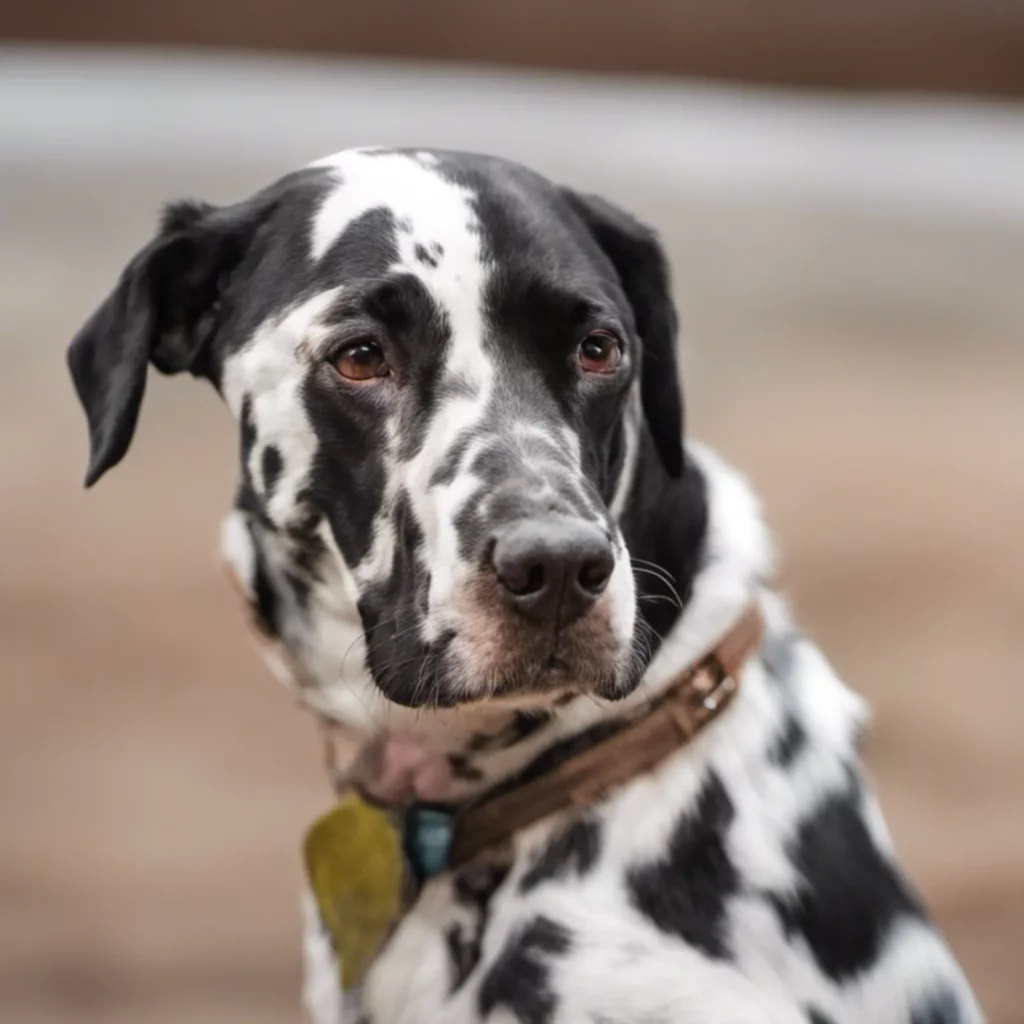
As dog owners, we always want to ensure that our furry friends are safe and healthy. When it comes to dollar spot fungus, the good news is that there’s no evidence to suggest that it poses any direct harm to our canine buddies.
However, it’s important to note that dogs can still experience some effects from dollar spot fungus. Here are some things to keep in mind:
- Skin irritation: Dogs can experience skin irritation if they come into contact with infected grass. This can result in itching, redness, and swelling. To avoid any unwanted skin problems, it’s best to take a few precautions when handling infected grass. Wear protective gloves and wash your hands thoroughly after contact.
- Inhalation: Inhaling fungal spores might not be on your to-do list, but it’s something to consider if you’re dealing with dollar spot fungus. Dogs that spend a lot of time in infected areas may inhale spores, which can lead to respiratory issues. If you notice your dog coughing or having trouble breathing, it’s important to seek veterinary care right away.
- Secondary infections: While dollar spot fungus itself may not be harmful to dogs, it can weaken their immune system and make them more susceptible to other infections. Keep an eye on your dog’s overall health, and be sure to seek veterinary care if you notice any signs of illness.
Overall, while dollar spot fungus may not be harmful to dogs, it’s still important to take precautions to keep your furry friend safe and healthy. By being aware of the potential effects of this fungus, you can take steps to prevent any issues from arising.
Preventing and Treating Dollar Spot Fungus
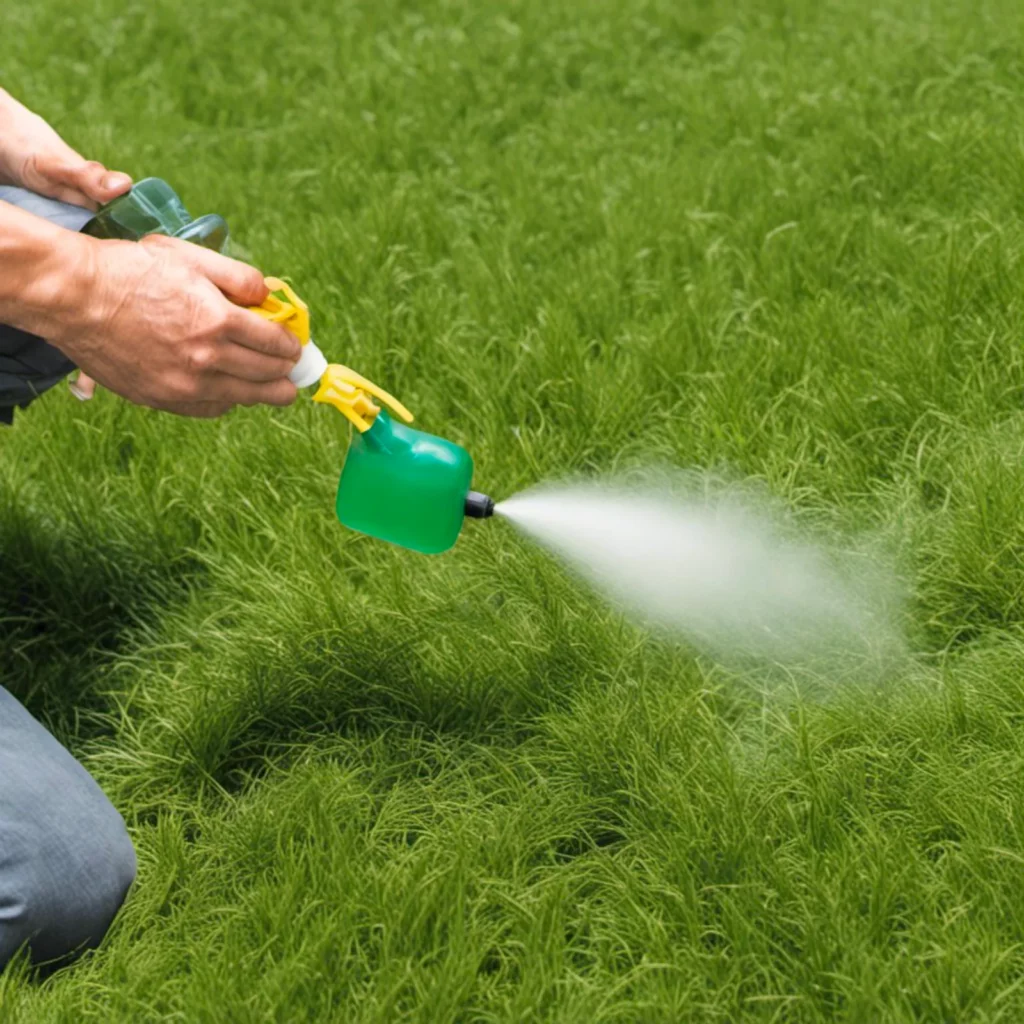
As pet owners, we know how important it is to keep our furry friends healthy and happy.
Dollar spot fungus can be harmful to dogs if they ingest the infected grass or inhale the spores. Here are some tips to prevent and treat dollar spot fungus in your lawn:
Preventing Dollar Spot Fungus
Prevention is key when it comes to dollar spot fungus. Here are some ways to prevent the fungus from infecting your lawn:
- Mow your lawn at the appropriate height for your grass type. Short lawns (under 3 inches) are more susceptible to dollar spot infection, so make sure to raise your mower blade to the recommended height.
- Water your lawn in the morning to allow time for the grass to dry before nightfall. Extended periods of grass leaf wetness can create a breeding ground for dollar spot fungus.
- Aerate your lawn to improve air circulation and reduce humidity levels.
- Fertilize your lawn regularly to keep it healthy and strong. A healthy lawn is less susceptible to diseases like dollar spot fungus.
Treating Dollar Spot Fungus
If you notice signs of dollar spot fungus in your lawn, it’s important to take action right away. Here are some ways to treat the fungus:
- Apply a fungicide to your lawn. Look for a fungicide that is specifically designed to treat dollar spot fungus. Follow the instructions carefully and apply the fungicide as directed.
- Remove infected grass and dispose of it properly. This will help prevent the fungus from spreading to other areas of your lawn.
- Water your lawn less frequently to reduce humidity levels. Dollar spot fungus thrives in humid environments, so reducing humidity levels can help prevent further infection.
By following these tips, you can help prevent and treat dollar spot fungus in your lawn. Remember to always keep an eye on your furry friends and make sure they don’t ingest or inhale any infected grass or spores.
Other Lawn Hazards for Dogs
While dollar spot fungus might not be a direct threat to our dogs, there are other lawn-related hazards to be aware of.
Common Toxic Plants
Some plants commonly found in gardens and lawns can be toxic to dogs. These include:
- Azaleas
- Daffodils
- Lilies
- Oleander
- Sago palms
If you suspect your dog has ingested a toxic plant, contact your veterinarian immediately.
Lawn Care Chemicals and Pet Safety
Lawn care products like fertilizers, herbicides, and insecticides can pose risks to dogs if ingested or if they come into contact with treated areas. To keep your pets safe:
- Store chemicals out of reach of your pets
- Follow label instructions for proper application and waiting times before allowing your pets back onto treated areas
- Consider using pet-safe alternatives
FAQs
How can I identify dollar spot fungus in my lawn?
Look for small, circular, straw-colored spots that may merge into larger patches. Infected grass blades may have a reddish-brown band across the width of the leaf.
How can I prevent dollar spot fungus from spreading to other areas of my lawn?
Practice proper lawn care, such as mowing at the right height, avoiding excessive nitrogen fertilization, and watering deeply but infrequently. If necessary, apply a fungicide specifically labeled for dollar spot control.
Is it safe for my dog to play on a lawn with dollar spot fungus?
There is no evidence to suggest that dollar spot fungus is harmful to dogs. However, monitor your dog for any unusual behavior or signs of distress when playing on an affected lawn.
Are there any other lawn diseases that could be harmful to dogs?
Some lawn diseases, like red thread or pink patch, may cause mild irritation to a dog’s skin, but are generally not considered dangerous. However, it’s essential to be aware of toxic plants and lawn care chemicals that can pose risks to your pet.
What steps can I take to ensure my lawn is safe for my pets?
Keep your lawn well-maintained, remove toxic plants, store chemicals out of reach, and consider using pet-safe alternatives for lawn care products.
Conclusion
Phew! We’ve covered a lot of ground in this blog post. To sum it up, dollar spot fungus doesn’t appear to be directly harmful to dogs, but it’s essential to keep an eye on them when they’re playing on affected lawns.
Proper lawn care practices can help prevent and manage dollar spot fungus, ensuring a healthy, beautiful lawn for you and your furry friends to enjoy. Don’t forget to be mindful of other potential hazards in your yard, such as toxic plants and lawn care chemicals, to keep your pets safe and sound. Happy lawn care and pet parenting!

